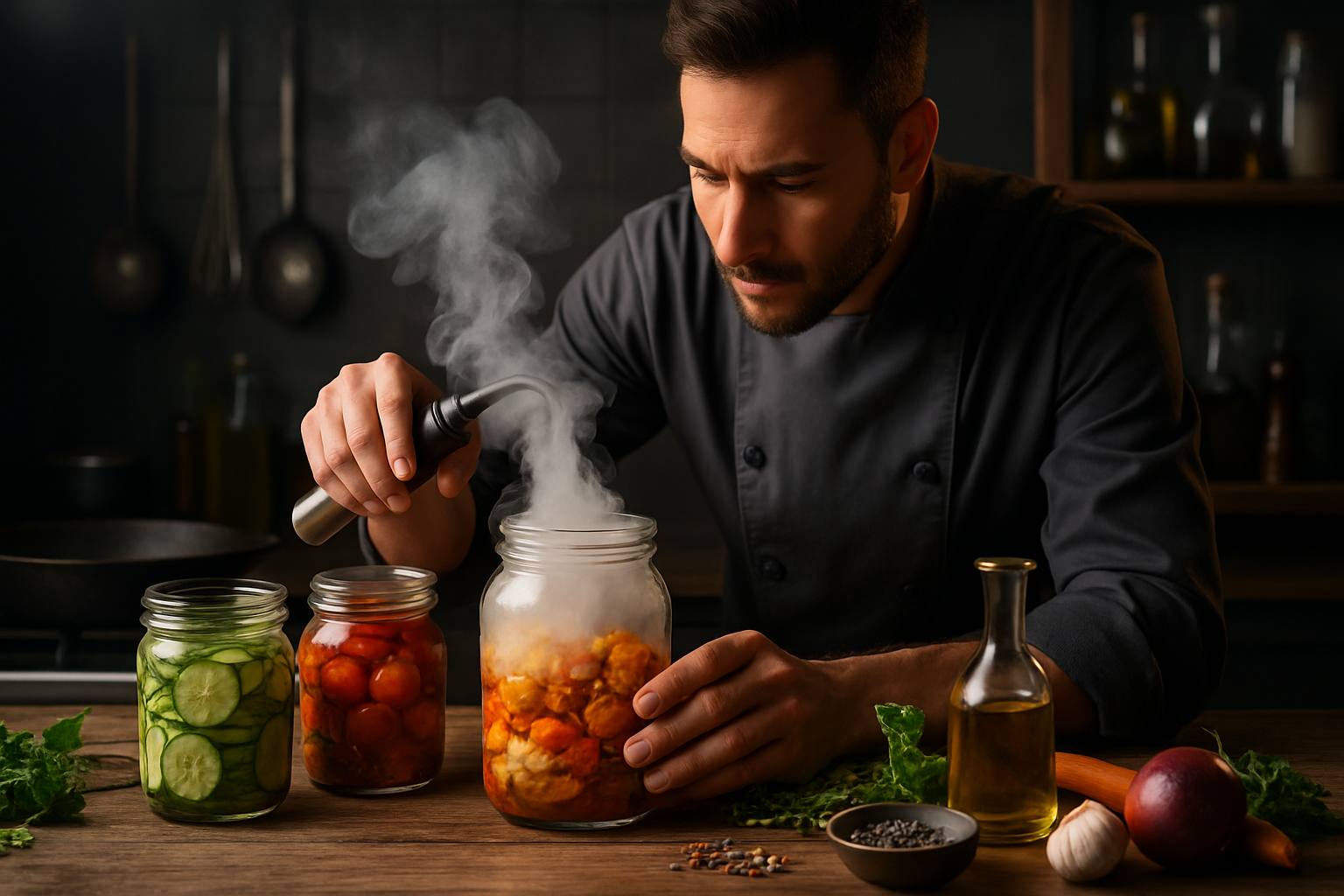Crafting Nonalcoholic Sips with Natural Ingredients
Creating memorable nonalcoholic beverages with natural ingredients is both an exercise in curiosity and technique. By focusing on fresh produce, herbal extracts, gentle fermentation, and mindful preservation, you can achieve layered flavors and appealing textures that suit a variety of cuisines and snacks. This guide covers practical recipes, flavor building, and sustainable choices for everyday mixology.

How can recipes showcase natural ingredients?
Recipes for nonalcoholic sips begin with ingredient-driven decisions. Use seasonal fruit, aromatic herbs, and whole spices to build a base that requires minimal additives. Simple techniques—maceration for fruit, slow infusion for herbs, and careful sweetening with honey or unrefined sugar—help maintain bright flavors. Think of a recipe as a balance between acid, sweet, bitter, and aromatic components: citrus or verjuice for acidity, roasted or caramelized fruit for sweetness, and bitter elements like gentian or roasted tea to round the profile. Documenting proportions and tasting at intervals will help refine reproducible recipes suited to different cuisines and pairings.
What techniques deepen flavors and texture?
Techniques such as roasting, browning, and reduction concentrate flavors and add pleasing texture to nonalcoholic drinks. Gently browning fruit or spices releases Maillard-derived notes that read as richness without alcohol. Nectar reductions or shrub-making—cooking fruit with vinegar and sugar then straining—provides a syrup with vivid acidity and body. Emulsification techniques, like blending citrus oils with sugar and water to create a silky mouthfeel, can mimic certain textural elements found in cocktails. Pay attention to texture: a silky foam from aquafaba or a chilled creaminess from coconut milk can transform a simple sip into a more substantial experience.
How does fermentation enhance nonalcoholic drinks?
Low-alcohol or controlled fermentation can add complexity without yielding a boozy profile. Fermentation transforms sugars into organic acids and aromatics that create umami-like depth and effervescence. Examples include kefir water, kombucha brewed for shorter periods, or lacto-fermented fruit shrubs. Temperature control and short fermentation windows help manage alcohol formation while encouraging probiotic and flavor development. Use starter cultures responsibly and test batches; some naturally fermented sips will contain trace alcohol, so label and communicate clearly when serving guests who avoid alcohol entirely.
What mixology approaches work for zero-proof cocktails?
Modern zero-proof mixology borrows classic cocktail structure—base, modifier, accent, and garnish—and substitutes nonalcoholic equivalents. A robust tea, cold-brewed coffee, or concentrated vegetable bouillon can serve as a base. Modifiers like acidulated syrups, bitters (nonalcoholic), or aromatized vinegars add complexity. Techniques such as shaking for aeration, stirring for clarity, or blending for froth apply equally. Use temperature and dilution skillfully: ice dilution can soften aggressive flavors and release aromatics, while precise chilling highlights freshness. Present layered flavors and balanced bitterness to create a satisfying sip that mirrors the ritual of drinking a cocktail.
How should pairing with snacks and cuisine be approached?
Pairing nonalcoholic beverages with snacks and cuisine relies on the same principles as with alcoholic drinks: balance intensity, match or contrast textures, and echo regional flavors. For spicy cuisine, choose cooling herbs, lactose-based textures, or acidic shrubs to cut heat. Rich, fatty snacks pair well with effervescent and acidic sips that cleanse the palate. Light, herbal beverages complement fresh salads and seafood-style plates. Consider cultural flavor affinities—fermented soy notes pair with umami-rich dishes, citrus-ginger profiles suit Southeast Asian snacks, and tart berry syrups support baked goods and desserts.
How can sustainability and preservation be integrated?
Sustainable choices in sourcing and preservation make nonalcoholic beverage programs both ethical and economical. Use imperfect fruit by roasting or reducing it into syrups and shrubs; fermenting surplus produce creates shelf-stable flavor concentrates. Prioritize local, seasonal produce to reduce transport footprint and support biodiversity. For preservation techniques, opt for low-sugar canning, refrigeration, or vacuum sealing to extend life while retaining nutrients and flavor. Reuse peels and vegetable trimmings for infused waters or clarified broths to minimize waste, and document shelf-life test results to ensure safety and consistent quality.
Conclusion
Crafting nonalcoholic sips with natural ingredients blends culinary technique, sensory awareness, and practical preservation. By experimenting with fermentation, browning, and texture-building methods, and by considering pairing and sustainability, you can create beverages that stand on their own merits. Accurate recipe notes and mindful sourcing will help these drinks move from occasional curiosities to reliable options that complement a wide range of cuisine and snacks.





